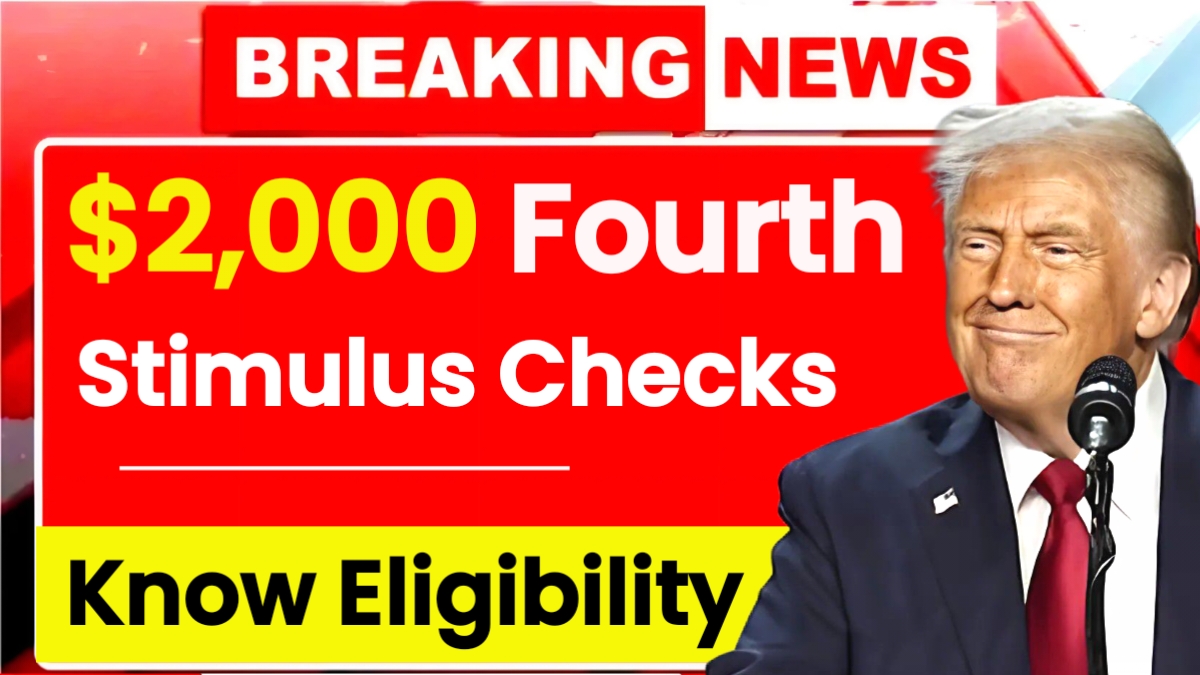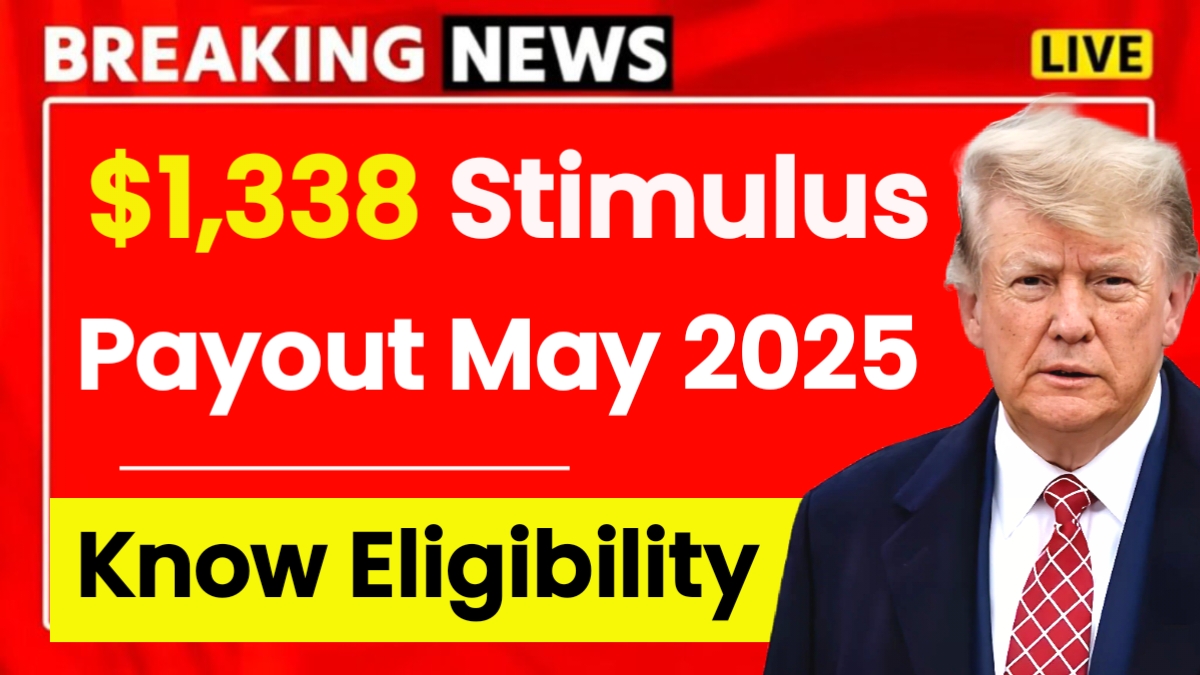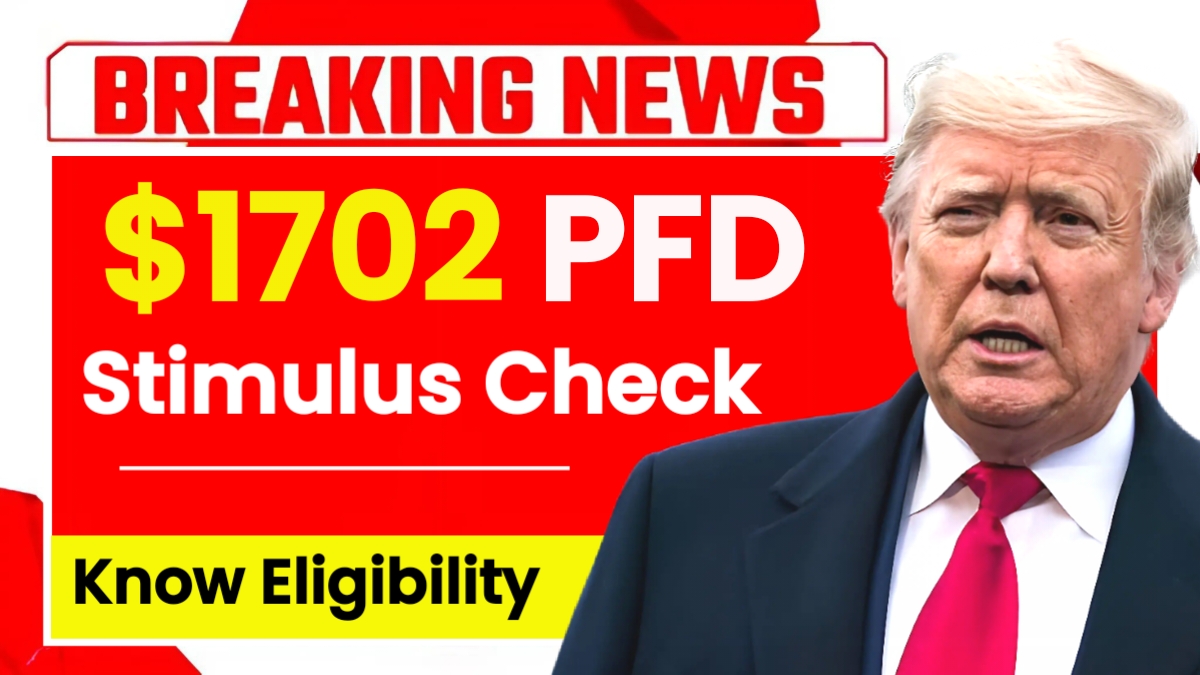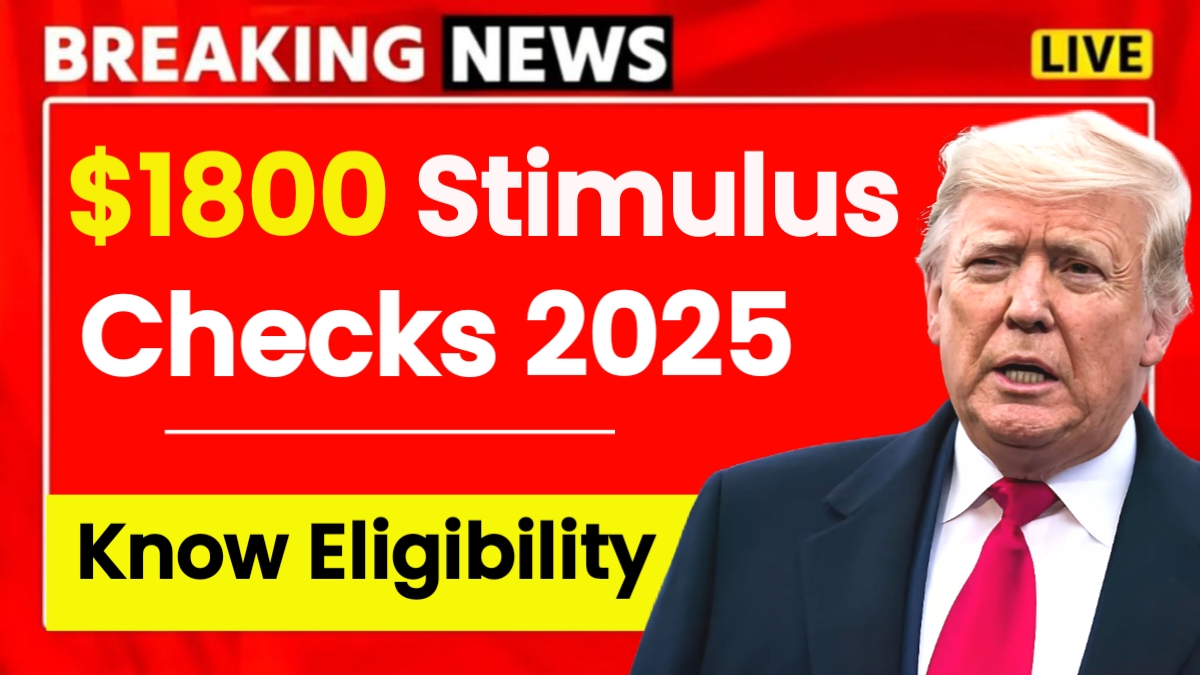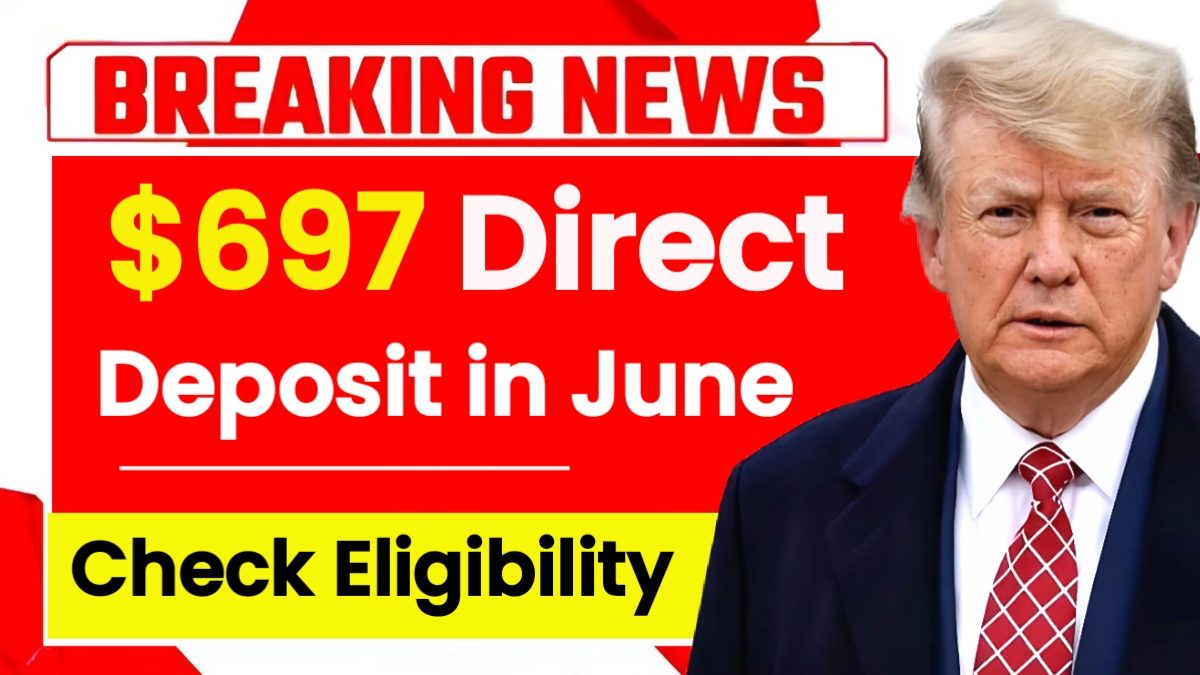$2,000 Fourth Stimulus Checks 2025: As Americans continue to struggle with rising costs for essential items like groceries, housing, and gasoline, discussions about a fourth stimulus check are gaining momentum in Washington. While previous stimulus payments provided crucial relief during the pandemic, many families now face new financial challenges due to persistent inflation. The potential for a $2,000 direct payment has captured public attention, though no official legislation has been passed yet. Understanding the current proposals and staying informed about developments can help households prepare for potential relief opportunities while managing their financial planning in uncertain times.
Current Proposal Details and Timeline
The proposed fourth stimulus payment would provide $2,000 in direct relief to eligible Americans, administered through the Internal Revenue Service similar to previous rounds. Unlike earlier payments that were tied to pandemic response, this potential payment would specifically target inflation-related financial hardship. The program remains in discussion phase, with no confirmed approval or official timeline established. If approved, payments might not arrive until late 2025 or early 2026, depending on legislative processes and implementation requirements. The IRS would handle distribution using systems already established during previous stimulus rounds, potentially making the rollout more efficient than earlier payments.
Expected Eligibility Requirements and Qualifying Criteria
If the fourth stimulus check moves forward, eligibility criteria would likely mirror previous payments with some potential adjustments for current economic conditions. Individuals earning less than $75,000 annually and married couples filing jointly with incomes under $150,000 would probably qualify for full payments. Social Security recipients, including those receiving Supplemental Security Income, Social Security Disability Insurance, and regular retirement benefits, would likely receive automatic payments without needing to take additional action. Non-filers who haven’t submitted recent tax returns may need to update their information with the IRS to ensure they receive payments if approved.
The focus remains on supporting low-income families, retirees, and individuals living on fixed incomes who are most vulnerable to inflation impacts. These groups often struggle most with rising costs for basic necessities while having limited ability to increase their earnings. Previous stimulus rounds demonstrated that direct payments can provide immediate relief for housing, food, and medical expenses, making targeted assistance particularly valuable for these populations.
Payment Distribution Methods and Preparation Steps
Should the fourth stimulus check receive approval, the IRS would likely use established distribution methods from previous rounds. Direct deposit would remain the fastest option for those with updated banking information on file with the agency. Recipients without direct deposit arrangements would receive paper checks mailed to their last known address. Some individuals might receive prepaid Economic Impact Payment cards, which functioned as reloadable debit cards during earlier stimulus distributions.
Americans can prepare by ensuring their information with the IRS remains current and accurate. The agency’s Get My Payment tool, used during previous stimulus rounds, would likely return to help people track payment status and update necessary details. Keeping tax filings current and maintaining accurate address information with the IRS can prevent delays or missed payments if the program moves forward.
Alternative Relief Options Under Consideration
Even if the $2,000 stimulus payment doesn’t receive approval, other relief measures are being discussed that could provide meaningful support to struggling families. Expanded Child Tax Credit payments could help families with children manage rising costs for school supplies, clothing, and childcare. Enhanced SNAP benefits would increase food assistance program access and funding levels. Housing assistance programs, including rental relief and eviction prevention measures, could help families maintain stable housing despite rising rent costs.
Extended unemployment benefits for jobless workers represent another potential form of relief, particularly important as some regions continue experiencing economic challenges. While these alternatives wouldn’t provide the immediate cash impact of direct stimulus payments, they could still significantly reduce financial pressure for qualifying individuals and families across various essential expense categories.
The ongoing discussions reflect lawmakers’ recognition that many Americans continue facing economic hardship despite overall economic recovery. Whether through direct payments or alternative programs, various forms of relief remain under active consideration to address persistent affordability challenges affecting millions of households nationwide.
Disclaimer: This article provides general information about proposed stimulus measures. No official legislation has been passed, and all details remain subject to change. Please check official government sources for the most current information about any approved relief programs.
